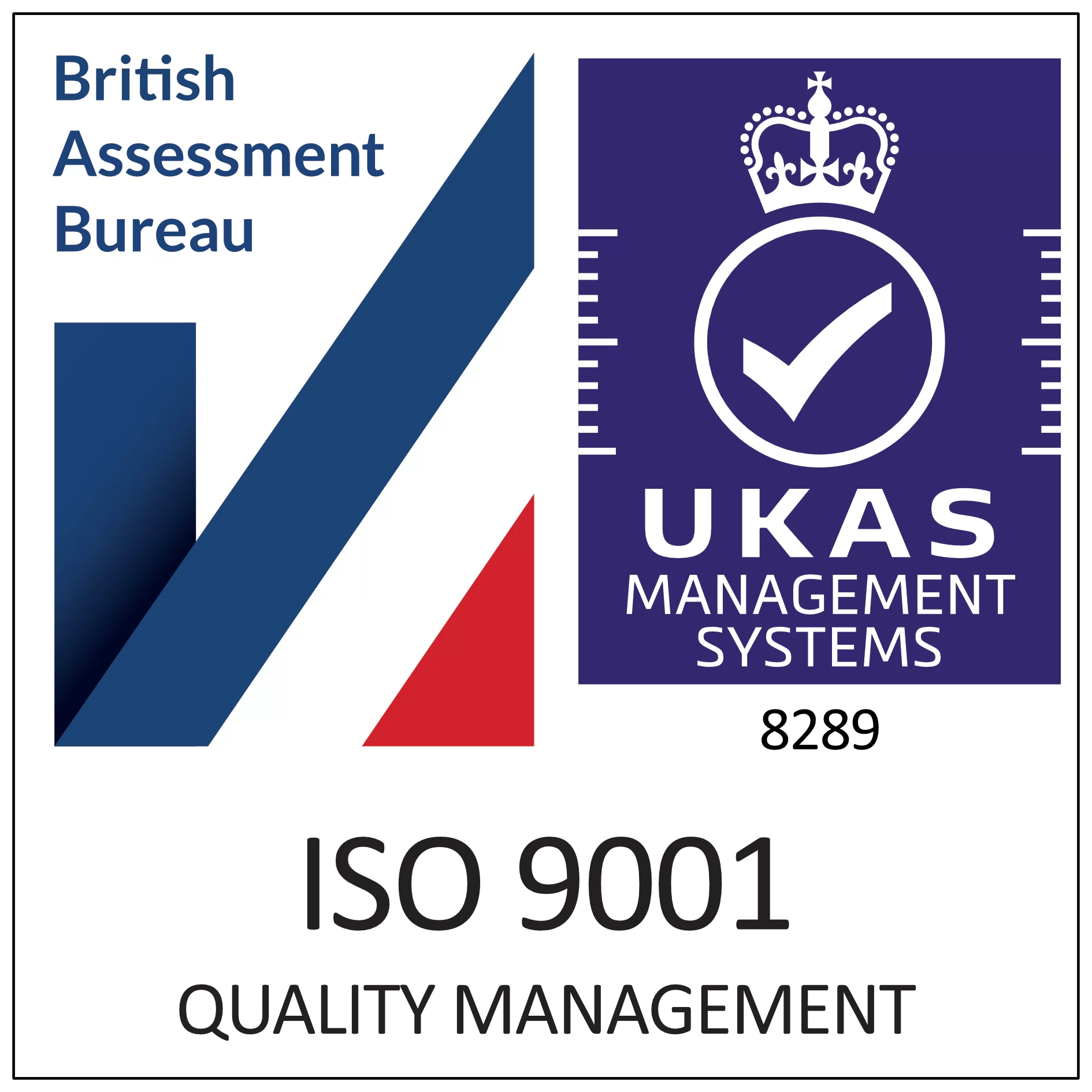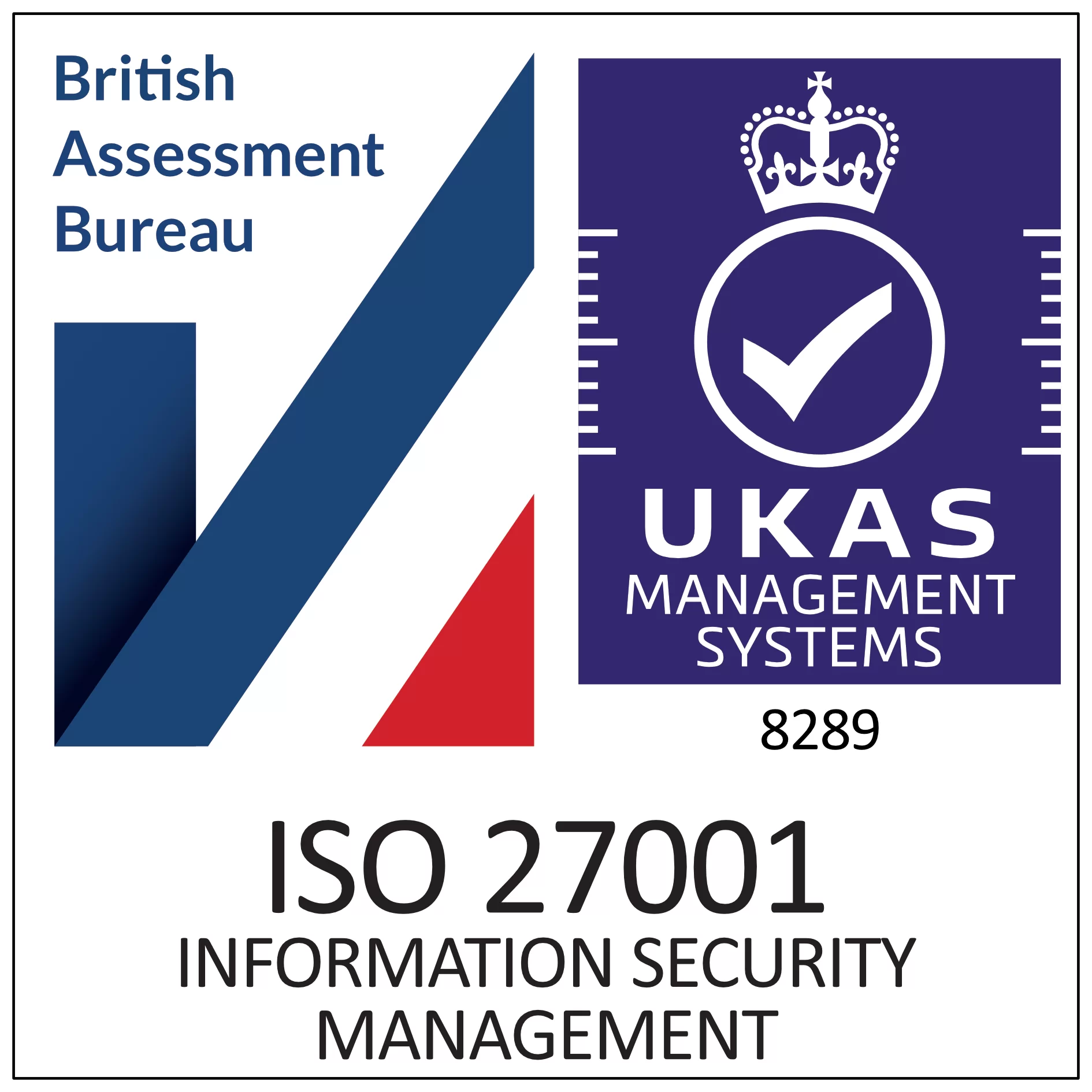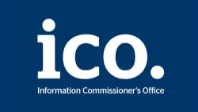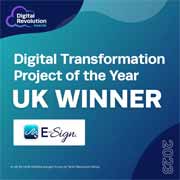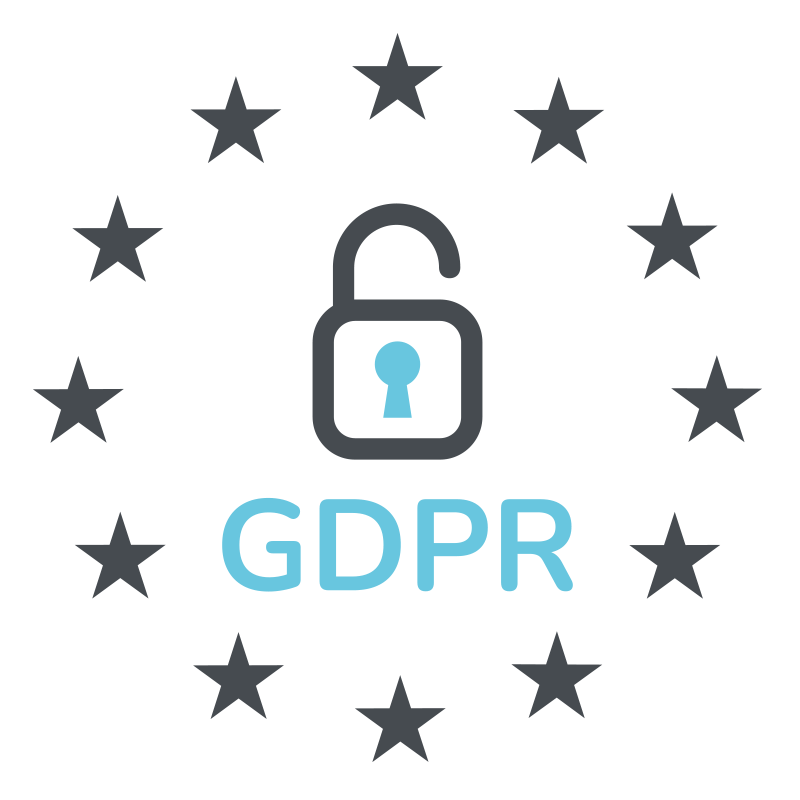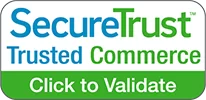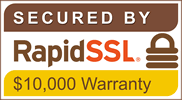Home | News & Insights |
What are the different types of eSignatures and Which One Should I Use?
Laura Cain
Marketing & Brand Manager
PUBLISHED
26th February, 2024
Digital signatures are becoming increasingly common across a wide range of industries due to their many benefits, such as reducing document turnaround times and increasing efficiency and security. Post-pandemic research has shown that 69% of people surveyed will continue to use an electronic signature over a ‘wet’ (handwritten) one, following a 50% increase in those using them during the emergence of COVID-19.
There’s no denying that eSignatures can offer users several benefits, but it’s important to be aware that there are different types of digital signatures. With each one being best suited to different requirements and circumstances.
In this guide, we’ll be exploring each type of eSignature, their similarities and differences, and the relevant regulations surrounding the legalities of when certain signatures are accepted.
What are Electronic Signatures and Why do we Need them?
An electronic signature is a fast and effective way of signing electronic documents. Before eSignatures, it was a time consuming and frustrating process when needing to sign an online document. You would need to print out the document, sign it by hand, and scan it back in to create a digital copy.
This isn’t an efficient solution, especially if the document needs to be signed within a certain time frame or more than one needs to be sign it. Printers aren’t always easily accessible, which can create headaches and unnecessary stress.
Technology has advanced significantly in recent years and with that has come the ability to digitally sign documents in a much more convenient and secure way than before. eSignatures streamline business processes across many industries, with the added benefit of reducing paper usage. Less paper means fewer trees need to be cut down, which works to reduce carbon emissions and the negative impact on the planet.
What are the benefits of eSignatures?
- Reduce costs: Cut down on costs associated with printing, posting, scanning and storing documents and free up resources for other areas in your business.
- Reduce document turnaround: Give your customers the ability to sign a document in just a few clicks, allowing you to close deals and complete documents faster.
- Environmentally friendly: By using eSignatures, you can completely eliminate paper-based processes and contribute to a sustainable future.
- Increase security: eSignature platforms have the highest security measures in place, ensuring that documents are secure and can never be tampered with.
- Automate operations: Connect your eSignature solution with the applications you already use to create automated workflows and automation.
UK eIDAS Regulations
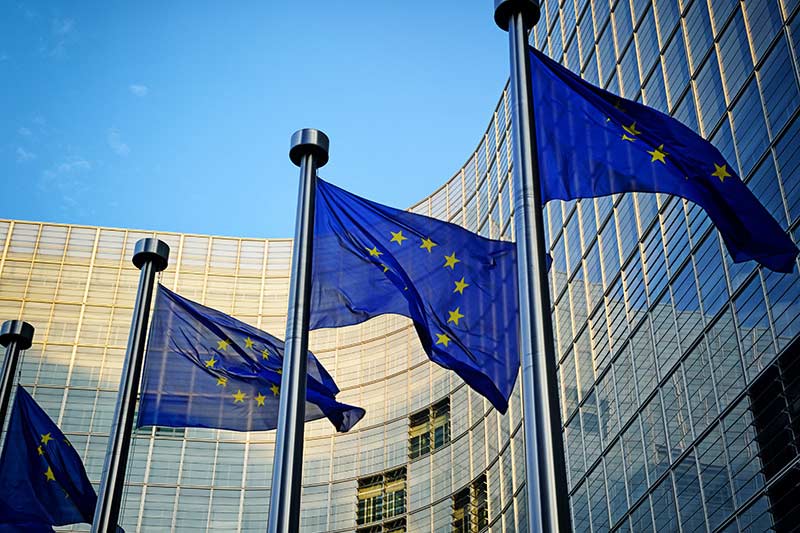
eIDAS refers to the ‘electronic identification and trust services which includes various services relating identity verification of individuals and businesses online and confirming the authenticity of electronic documents. This is also an EU regulation (EU eIDAS), but following the UK’s withdrawal from the EU, it was adopted into UK law and amended by the European Union (Withdrawal) Act 2018.
The regulation sets out specific requirements providers will have to adhere to in order to gain a qualified status. Its aim is to increase confidence in the use of electronic signatures and their recognition as legally binding should proof be required in a court of law.
The three types of eSignatures defined under the regulations each offer an increased level of security and assurance. We will discuss the necessary criteria an electronic signature must meet in order to qualify under eIDAS regulations later on in this guide.
Now we have defined eSignatures and their benefits, let’s take a look at the different types of eSignatures available on the market.
Basic/Simple eSignatures
Basic or simple eSignatures (SES) are the most basic and easiest to implement as there is no identity verification required. A signature can be added to a document by anyone who opens it whether that is by drawing the signature, typing it, uploading an image, or ticking a checkbox.
This makes them an ideal option for instances where a basic document needs to be signed, that won’t have a significant legal implication. Basic signatures are legally binding in some cases, but there are industries and scenarios that require a higher level of authenticity in order for the signature to be legally accepted.
Due to the lack of verification, similar to a traditional wet signature, basic eSignatures can be easier to forge, which is why they are best utilised on non-official documents.
Advanced eSignatures
Advanced electronic signatures (AES) are linked to specific signers with an “electronic seal” attached to them. This allows the signer to be formally identified as they are sent using an electronic registered delivery service (ERDS) for further verification.
By transmitting them this way, audit trails and other forms of evidence surrounding the data being transmitted can be provided. Advanced eSignatures are often issued with a unique digital signature certificate.
In accordance with eIDAS, advanced electronic signatures must meet the following criteria in order to qualify:
- Correctly identify the signer
- Be specifically linked to the signer and only them
- Have been created using eSignature data that the signer has full control over and confidence that they have the sole ability to sign it
- Connected to data in a document that the signer(s) can monitor for any further changes
In order to meet the criteria, AES uses a technology known as Public Key Infrastructure (PKI), which is essentially how a digital certificate verifies an electronic signature.
A digital certificate is similar to other official documents like a passport or driving licence as it has been verified by an official third party. Also, the certificate is highly secure as it is unique to the relevant individual and would be practically impossible to replicate.
When it comes to legalities, advanced electronic signatures are recognised as equally valid to a handwritten signature. If used in serious legal matters or disputes, the in-depth verification process can be referenced to support the security and authenticity of this type of signature.
Qualified eSignatures
Qualified electronic signatures (QES) are similar to advanced signatures, however they go a step further to meet additional requirements set out by the eIDAS regulations. They must be certified based on public keys that have been issued using proper technological means. This means that the identity verification process is multi-step, using both encrypted keys and two-factor authentication.
Essentially, a third party that has been previously agreed upon will vet the signers before they can provide a QES. Third party identification of the signer can be completed face to face remotely via an online video chat or in person. It’s important to note that only an eSignature provider that is accredited as a Qualified Trust Service Provider (QTSP) can issue qualified certificates.
Both types of eSignatures meet the highest industry standards, as they each provide every user with their own unique key that is directly linked to the signer’s identity. You can have complete peace of mind that the signature is valid and secure when using either an AES or QES.
The eIDAS regulation requirements for qualified electronic signatures include:
- Ensure only one use of the signature is allowed
- Protect the confidentiality of the signature creation data
- Be suitably protected by the legitimate signer
- Shield the signature from forgery
- Not change the data in any way or stop it from being presented to the signer prior to their signature
- Create or manage data on behalf of the signer only when requested by the qualified trust provider
What Type of eSignature Should your Business use?

Article 25 of the eIDAS regulation states “an electronic signature shall not be denied legal effect and admissibility as evidence in legal proceedings solely on the grounds that it does not meet the requirements for qualified electronic signature”.
With this in mind, in most cases it is likely the best option to use at least AES for your digital signatures, or you can run the risk of your signatures being dismissed simply because they are electronic. Both AES and QES offer businesses and organisations a high level of trust and protection.
Electronic Seals
An electronic seal is similar to an electronic signature in terms of ensuring a high level of security through identity verification and authenticity. However, the difference between an electronic seal and a signature is that an eSeal is associated with a legal entity such as a business, organisation, or government agency. So, the seal can be used by more than one person within that entity.
In order to generate an electronic seal, the entity needs to be vetted and verified by a third party through an identity verification process.
What are electronic seals used for?
An electronic signature can be a highly useful and effective method of automatically signing large quantities of documents in bulk, using an accredited digital signing solution like E-Sign. Electronic seals are a great way to verify the identity of the entity and confirm the integrity of the documents being signed.
eSign Documents Online Simply and Securely
Now you have a greater insight into the types of electronic signatures, the regulations that ensure their validity, and the differences between them, why not improve your document processes with E-Sign?
E-Sign is a powerful and user-friendly software that allows users to send and sign documents with ease. We are committed to providing our customers with the highest standards of compliance and protection, offering complete assurance that you can eSign documents securely and improve efficiency across your business and industry as a whole.
Sign up for a 14 day free trial and see the full range of benefits E-Sign can provide today.
 Facebook
Facebook
 X (Twitter)
X (Twitter)
 LinkedIn
LinkedIn


